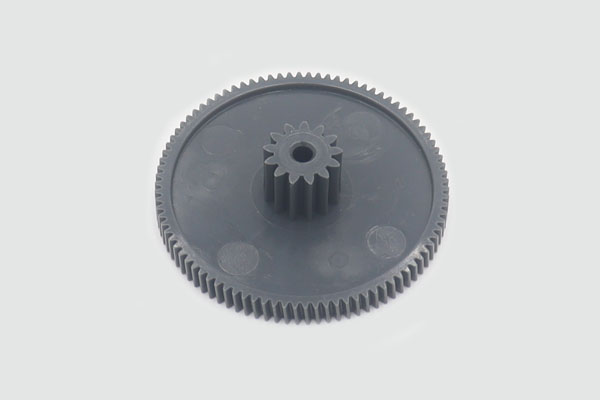The Importance of Uniform Wall Thickness in Injection Molding

When designing a plastic part, establishing a uniform wall is one of the most important decisions an engineer makes. The nominal wall influences the overall manufacturing requirements, the part performance, and the overall dimensions of the part. For the injection molding to work well, proper wall thickness is one of the most important design elements that should be held to a high standard.
Here, we highlight the importance of uniform wall thickness in injection molding.
What defects does uneven wall thickness cause?
Sink marks
Sink marks are similar to little craters formed on an injection molded product. This occurs when plastic material can’t be cooled completely when in the mold. Sink marks are typically formed on the product’s thicker parts as they need more time to cool.
Flow lines
These are aesthetic defects that appear as lines or waves, often with a different color. They appear due to different molten plastic flow rates in the mold cavity.
Warpage
 Uneven shrinkage of different parts of a product cause warpage. This causes bends and twists in the shape of a product on completion. Uneven wall thickness causes parts of a product to cool at different rates, which leads to warpage.
Uneven shrinkage of different parts of a product cause warpage. This causes bends and twists in the shape of a product on completion. Uneven wall thickness causes parts of a product to cool at different rates, which leads to warpage.
Why uniform wall thickness is important?
Cost
More plastic material is required to fill thicker walls. They also need more time to cool. This means a longer time on the injection molding machine and more materials will only increase the production cost.
Cooling rate
Thicker sections take a lot of time to cool. In fact, parts with uneven wall thickness will not leave the mold until the whole part cools off. This increases the overall manufacturing process and increases the cycle time.
Shear stress
The wall thickness reduces as the shear stress of the flowing plastic moving at a constant rate of filling picks up pace. Hence, uneven wall thickness results in various degrees of shear stress. This is a big contributor to warping in plastics.
Gating issues
Gating is done from thick into thinner sections. Uneven wall thickness may cause the molten plastic to flow from thin into thicker sections. This causes a lot of issues because the plastic material may start to cool in the thin section, blocking the flow to the thicker section. Consequently, problems like warping and sinking emerge.
Appearance
Uneven wall thickness affects an injection molded part’s aesthetics. Defects like sink marks and warping may emerge as a result of the uneven thickness of walls. You may also notice superficial issues such as flow lines.
Get custom plastic injection molding services from PTMS
As an ISO 9001-2008 certified plastic injection molding company, we’re quite strict with the product quality. We have 8 QC technicians for every shift in the shop who inspect the samples via inspection equipment.
Contact us now for more information about our plastic injection molding service!
